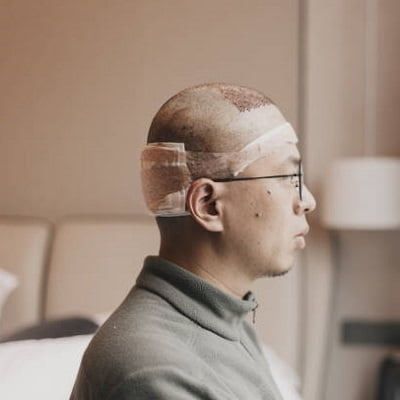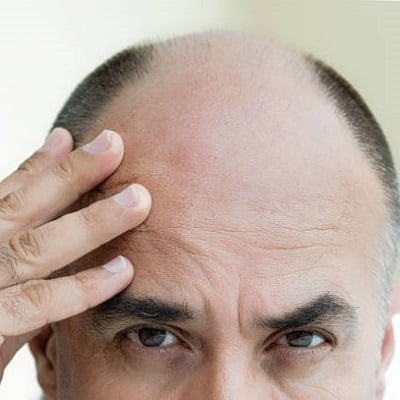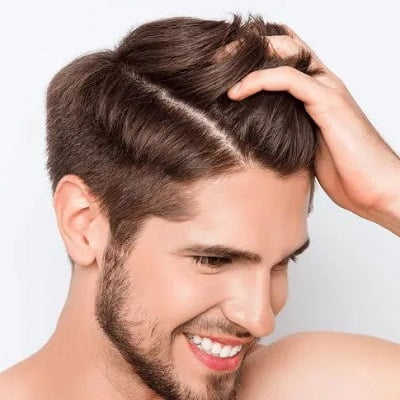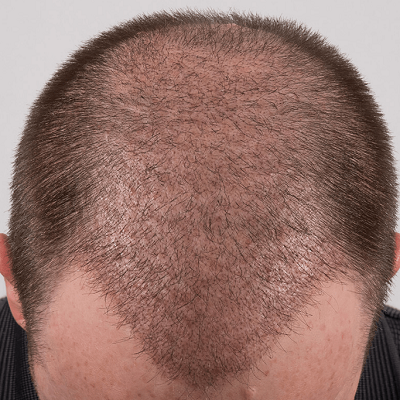In a world where hair plays a significant role in defining one’s personality, the quest for the perfect locks has led many individuals to explore various hair transplants in Islamabad. While straight hair transplants have been a standard procedure for years, the question arises: Is curly hair transplant possible or not?
In this blog post, Let’s delve into the fascinating world of hair transplantation and explore the feasibility of achieving those coveted curls through medical intervention.
Straight Hair Transplants:
The majority of hair transplant procedures have focused on restoring straight hair patterns. Surgeons meticulously extract individual follicular units, maintaining the natural direction and angle of the hair for seamless integration into the recipient site. Straight hair transplants’ success lies in replicating the patient’s original hair growth pattern, ensuring a natural and aesthetically pleasing result.
Challenges with Curly Hair Transplants:
Curly hair presents a unique set of challenges for transplant procedures. The distinctive curl pattern, thickness, and direction of growth require a specialized approach to achieve satisfactory results. One significant obstacle is the fragility of curly hair follicles, making them more susceptible to damage during extraction and transplantation.
Curly hair follicles are often more delicate and have a different anatomy than straight hair. The curvature of the hair shaft and the presence of multiple twists make the extraction process more intricate. Surgeons need to adapt their techniques to accommodate the unique characteristics of curly hair to minimize the risk of damage.
Another challenge lies in replicating the natural curl pattern when transplanting curly hair. Achieving a seamless blend between the transplanted and existing hair can be more complex with curls, as any deviation in the angle or direction of hair growth becomes more noticeable.
Patient Expectations and Realistic Outcomes:
Managing patient expectations is crucial when considering curly hair transplants. It’s essential for individuals seeking this procedure to understand that while advancements have been made, achieving the perfect set of curls may be more complex than with straight hair transplants.
The density, curl pattern, and overall health of the existing hair also influence the success of the transplant. Patients with realistic expectations and a clear understanding of the potential outcomes are more likely to be satisfied with the results.
Post-Transplant Care for Curly Hair:
After a curly hair transplant, proper care is crucial to ensure the longevity and natural appearance of the transplanted hair. This includes following a personalized care routine, avoiding excessive heat styling, and using products specifically designed for curly hair.
Regular follow-up appointments with the transplant surgeon are essential to monitor the progress and address any concerns that may arise. Surgeons may recommend additional treatments or adjustments to optimize the results and enhance the patient’s overall satisfaction.
All Summed Up!
The feasibility of curly hair transplants has become an exciting area of exploration within the field of hair restoration. While challenges exist, advancements in technology and techniques, along with the expertise of skilled surgeons, have made it increasingly possible to achieve successful outcomes for individuals seeking to embrace their natural curl pattern.
As the demand for curly hair transplants grows, ongoing research and innovations will likely continue to improve the procedures, making them more accessible and practical. Consulting with experienced surgeons at SKN Cosmetic Clinic Islamabad and managing expectations will be critical to a satisfying and successful outcome for those considering curly hair transplants. As the world of hair transplantation evolves, the prospect of unlocking and enhancing natural curls becomes more promising than ever before.





